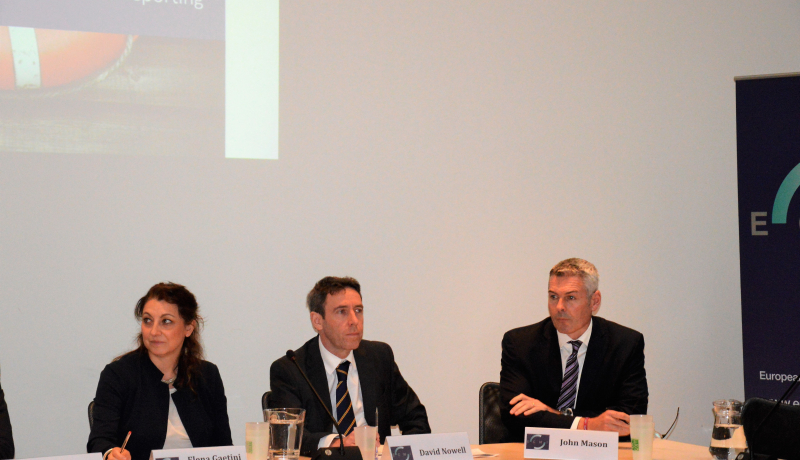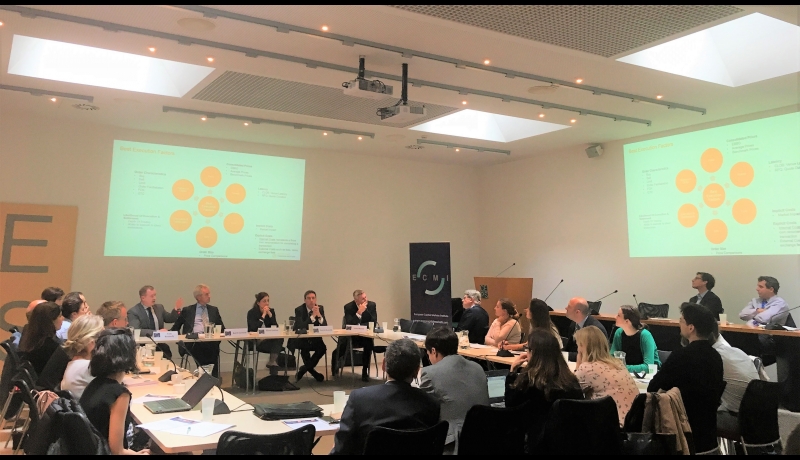Drowning in MiFID II Data: publication arrangements, consolidation and reporting
How the financial industry and supervisors deal with the new regulatory framework for data (obligation to supply financial instruments reference data, pre- and post-trade transparency, transaction reporting, best execution, consolidated tape etc.) will largely determine the transition to a MiFID II-compliant environment. The volume and nature of the data to be processed, the complexity of the analytical processes, and stringent reporting requirements present great challenges ahead.
13:00 Pre-/post-trade transparency, transaction reporting and best execution
Market participants will have to comply with pre-trade price transparency (trading venues or systematic internalisers need to provide price transparency, unless waivers apply), post-trade transparency (trades should be reported within 15 minutes of execution, either directly or through an Approved Publication Authority), and transaction reporting (identifying what was traded and by whom, either directly or through an Approved Reporting Management) rules. Regulators will also be tested on how effectively and efficiently they can handle increased volumes of transaction data.
Access to reliable, accurate and timely data will be key to the successful implementation of best execution policies. Selecting the method of best execution while retaining the flexibility to respond to market conditions can create a competitive edge. Execution venues will have to publish best execution quarterly quality reports. Investment firms have new obligations when executing orders, receiving and transmitting orders or when conducting portfolio management services. In an environment of declining access to traditional information flows, the ability to interact seamlessly between automated and voice trading workflows in order to source liquidity will be very important.
- What are the operational challenges that the additional levels of granularity impose? Can transaction platforms report across multiple sources of data in real time?
- What is the industry’s state of readiness for the use of LEI in transaction reporting? How complete will ESMA ISIN database be and what difficulties might this present?
- What part of the best execution provisions is the most challenging (e.g. data sourcing, records retention, cross-asset class transactions, venue on-boarding procedures)?
- Which are the technical and operational challenges among different market participants (professional vs retail) and among different asset classes?
Speakers
- John Mason, Head of Regulatory & Market Structure Strategic Response & Propositions, Thomson Reuters
- Elena Gaetini, Head of Business Development and Governmental Affairs, RegTek Solutions
- David Nowell, Head of Industry Relations & Regulatory Compliance, UnaVista, LSEG
- Tom Kennedy, Global Head of Analytics, Thomson Reuters
Moderator: Karel Lannoo, CEO, CEPS and General Manager, ECMI
14:45 End of conference
Registration
- Registration is free of charge for ECMI/CEPS members, EU/national officials, full-time academics, PhD students (subject to available seats), NGOs (not representing industry sectors or a commercial interest) and press.
- Other participants may be admitted for €250 (VAT included, payable in advance or at the registration desk).
- A sandwich lunch will be served before the event (starting at 12h15).

This is the second of three special events organised by ECMI on the topic of Getting ready for the implementation of MiFID II/MiFIR. All events look at the readiness of market players and the supervisory community to comply with the provisions set out in new legislative framework. The first discussion was on “Pre- and post-trade transparency for non-equity markets” (6th April); the third will consider “Investor protection provisions” (26th September).




